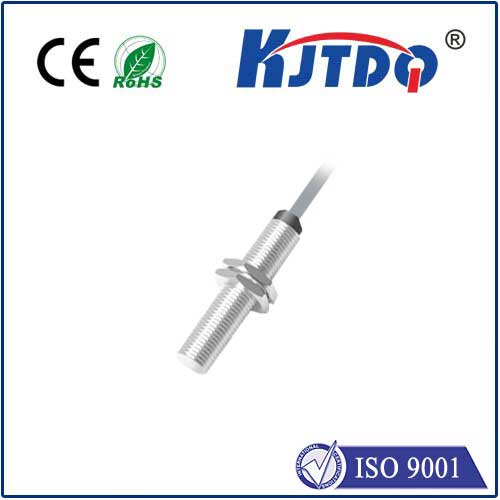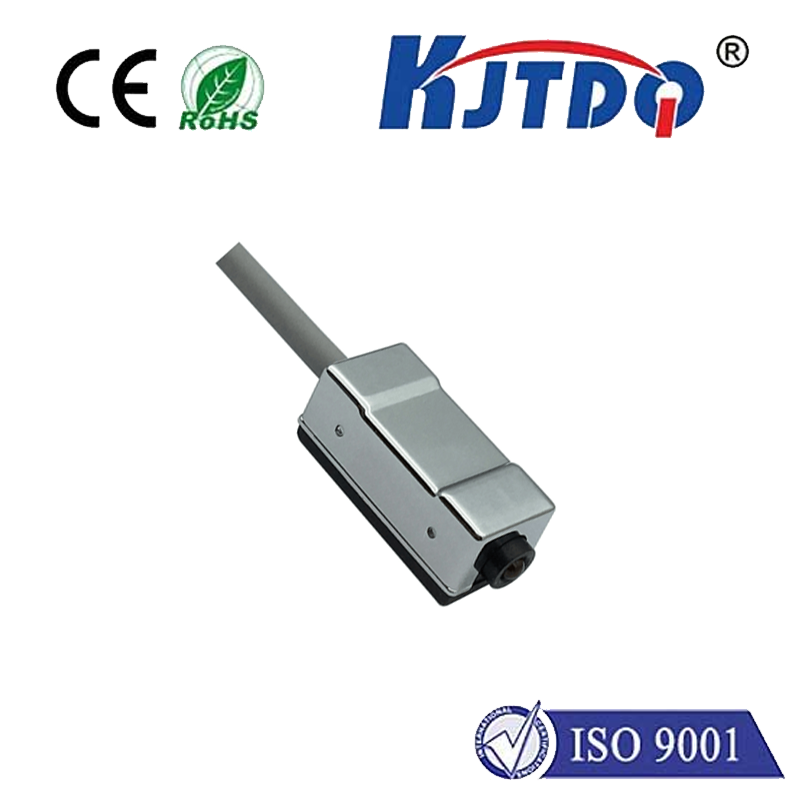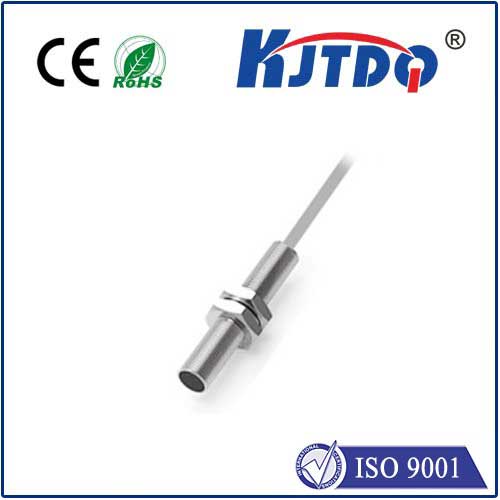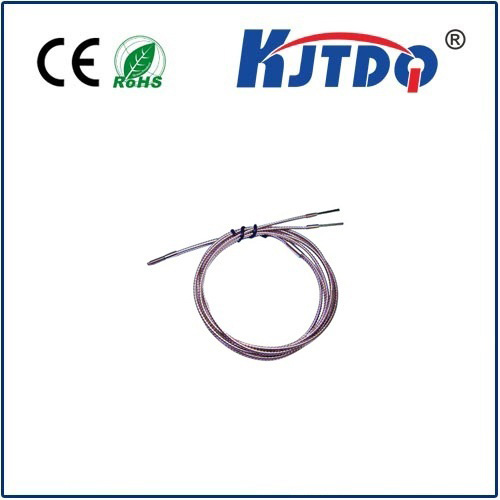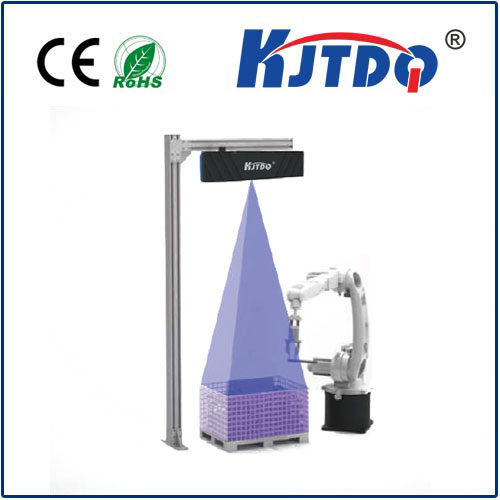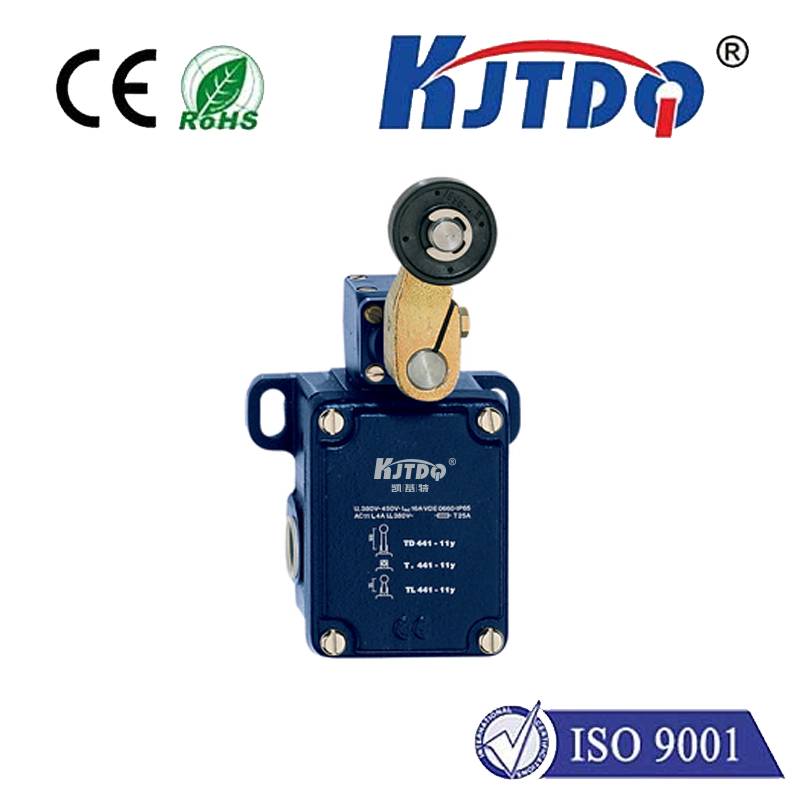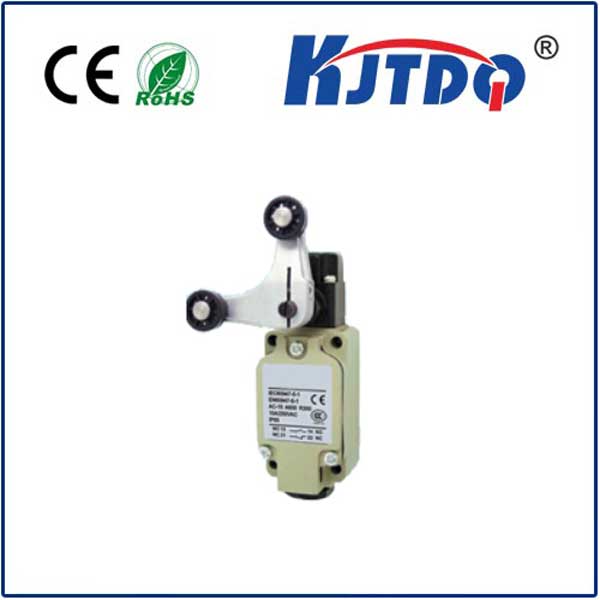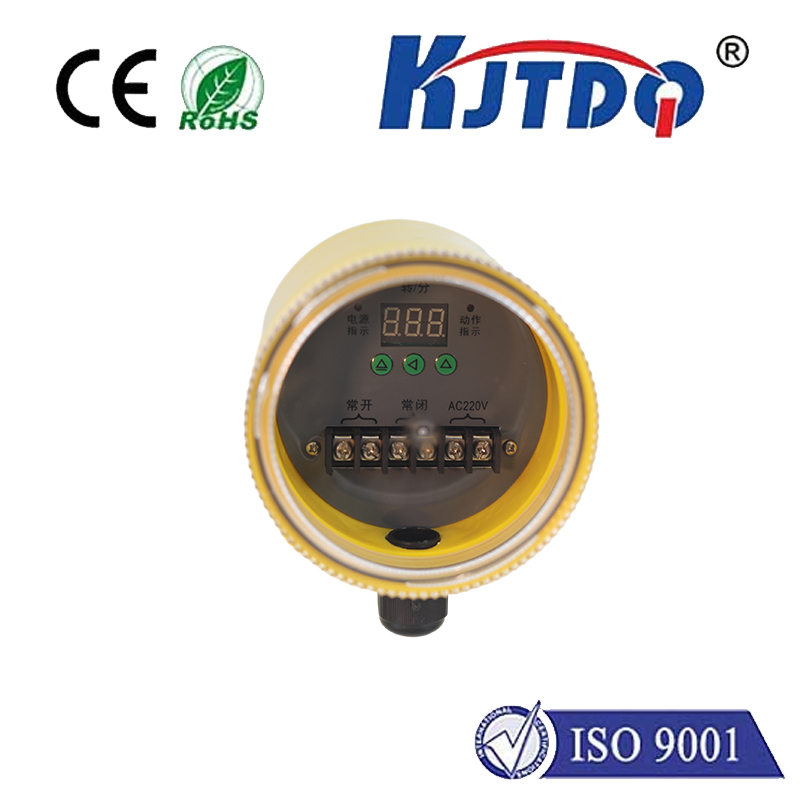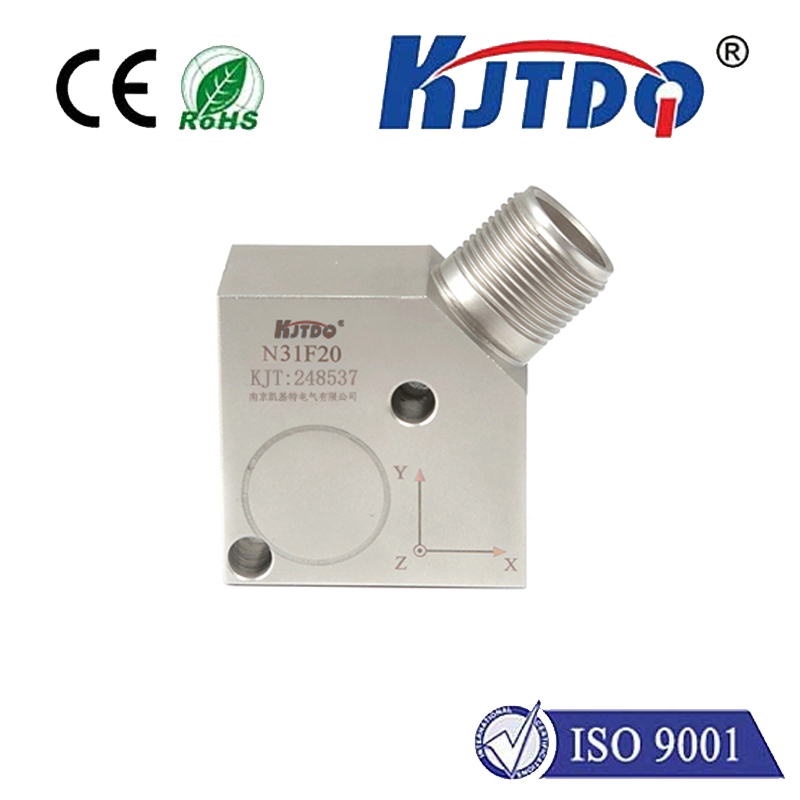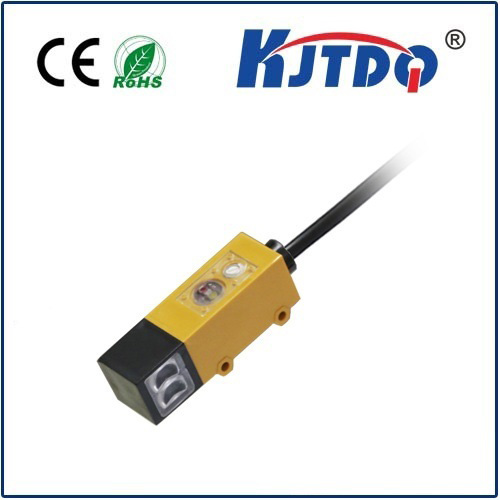
check

check

check

check
Title: Exploring Different Types of Photoelectric Sensors
Photoelectric sensors are essential components in various industries, including manufacturing, automation, and robotics. These devices use the interaction between light beams and the object being detected to determine the presence or absence of an object. There are different types of photoelectric sensors available, each with unique features and applications. In this article, we will explore some of the most common types of photoelectric sensors.
1. Through-beam sensors
Through-beam sensors consist of a transmitter and receiver unit placed opposite each other. The transmitter emits a light beam that is received by the receiver when there is no obstruction in the path. When an object passes through the beam, it interrupts the signal, causing the receiver to detect the change and activate the output signal. This type of sensor is ideal for applications where high accuracy and reliability are required, such as packaging, conveying systems, and quality control inspections.

2. Diffuse sensors
Diffuse sensors have both the transmitter and receiver located in the same housing. They work on the principle of reflection, where the light beam is reflected off the surface of an object back to the receiver. When an object comes into contact with the beam, it reflects the light back to the receiver, which then sends an output signal. Diffuse sensors are suitable for applications where the distance between the sensor and the target object may vary, such as assembly lines, sorting systems, and level detection.
3. Retroreflective sensors
Retroreflective sensors operate similarly to through-beam sensors but use a reflector instead of a receiver. The transmitter emits a light beam that hits a specially designed reflector, which bounces the light back to the receiver. When an object breaks the beam path, the receiver detects the change and activates the output signal. Retroreflective sensors are ideal for long-distance applications, such as monitoring conveyor belts or detecting objects in large open spaces.
4. Color sensors
Color sensors are designed to distinguish between different colors or shades of an object. They use LEDs or other light sources to illuminate the target object and measure its color properties. Color sensors can be used to sort items based on their color, identify defects in products, or even detect changes in product color over time. Some color sensors also have additional features, such as the ability to recognize patterns or textures.
5. Fiber-optic sensors
Fiber-optic sensors use flexible fiber optic cables to transmit light from the source to the target object and back to the detector. These sensors offer several advantages over traditional photoelectric sensors, including immunity to electromagnetic interference, smaller size, and easier installation. Fiber-optic sensors are commonly used in harsh environments or applications requiring high precision and sensitivity, such as semiconductor manufacturing or biomedical research.
In conclusion, photoelectric sensors play a crucial role in modern industrial processes by providing accurate and reliable detection capabilities. Understanding the different types of photoelectric sensors available can help engineers choose the right sensor for their specific application requirements. By selecting the appropriate sensor type, they can optimize efficiency and ensure consistent performance in their operations.
